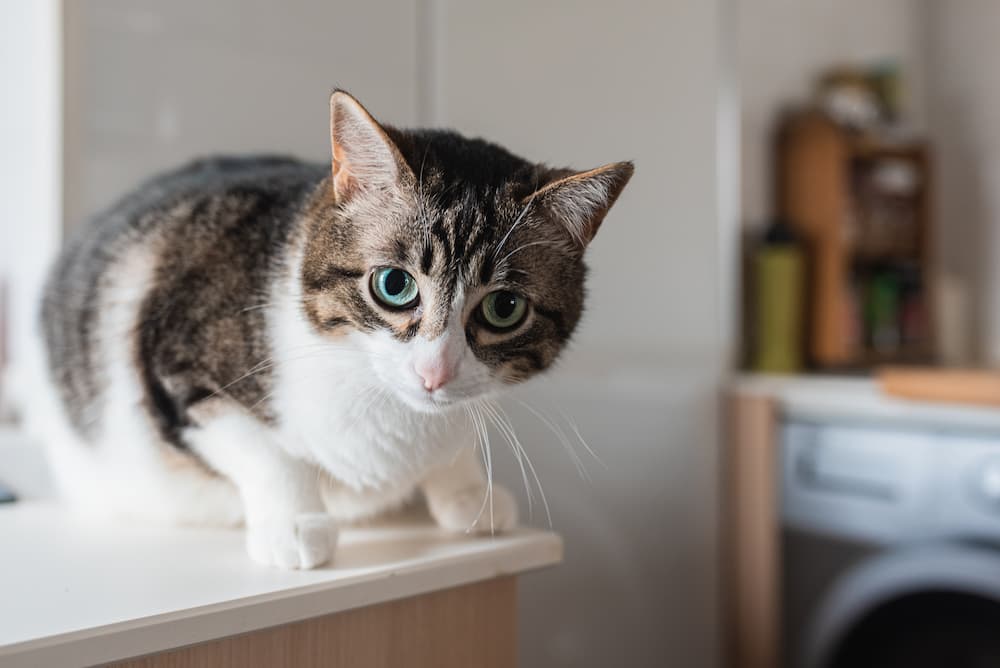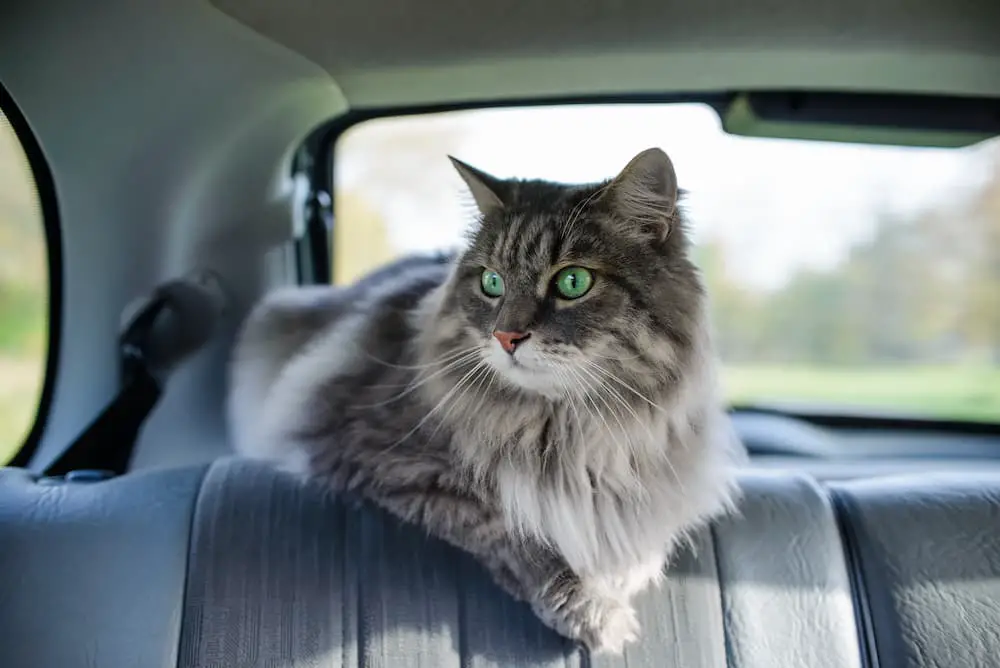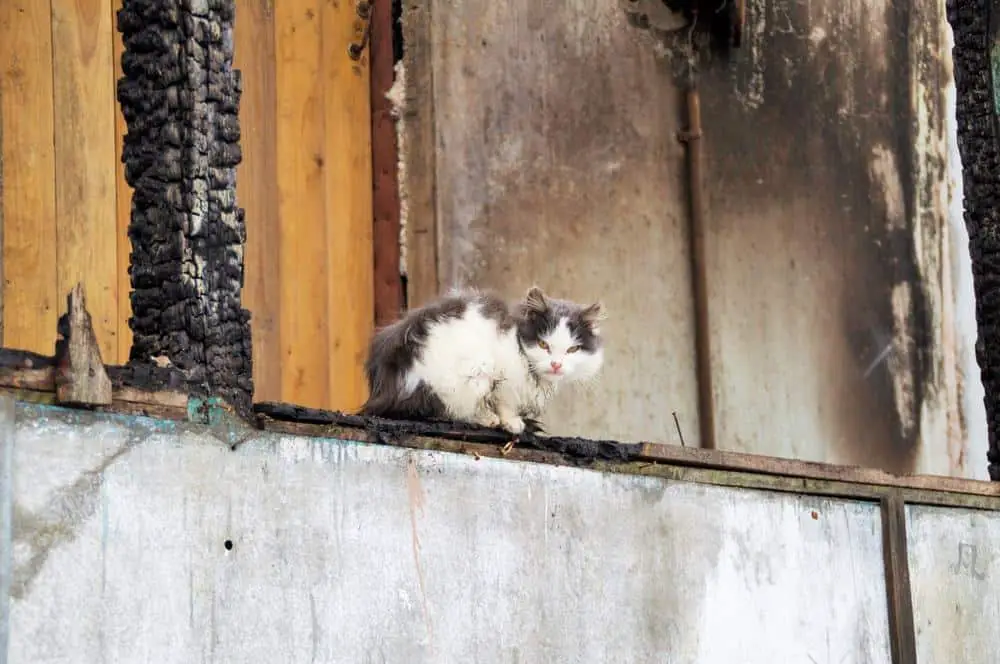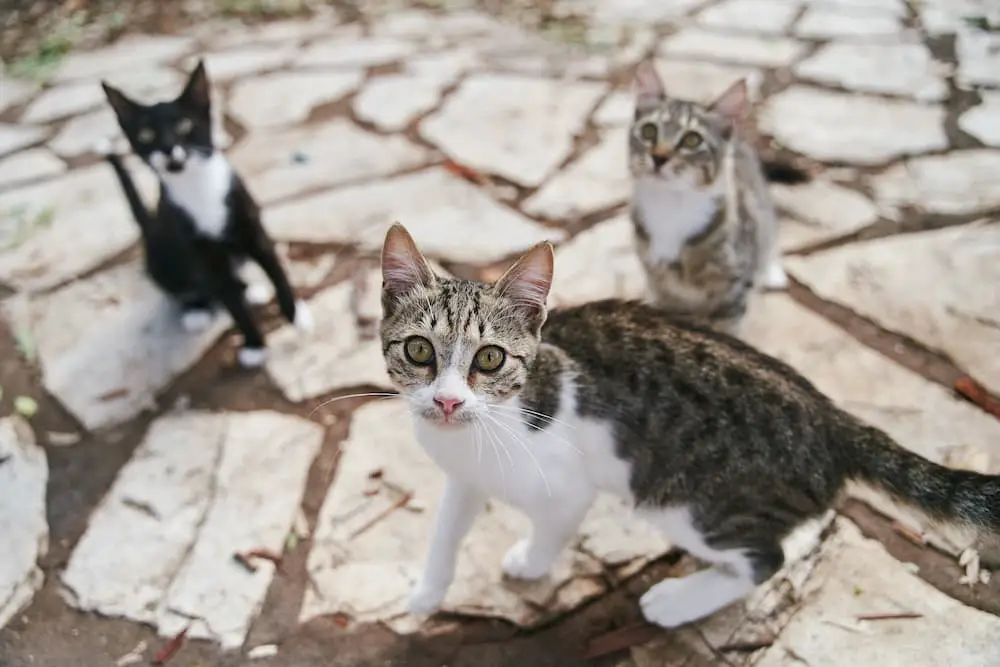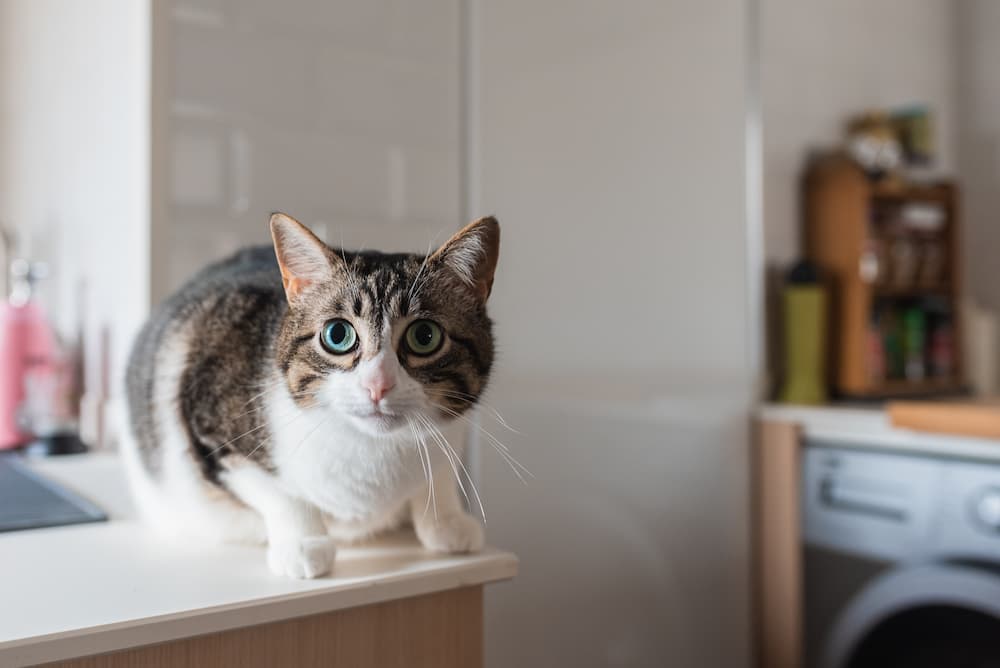 However aloof your fluffy feline friend looks, remember that this seemingly withdrawn pet can actually be quite of a blabbermouth, if you just know what to look for. Bear in mind that cats use their body language more or less singularly for communication. Learning how kitty carries herself will greatly help you in understanding how she’s actually feeling. This way, you can try to predict her behavior as well.
However aloof your fluffy feline friend looks, remember that this seemingly withdrawn pet can actually be quite of a blabbermouth, if you just know what to look for. Bear in mind that cats use their body language more or less singularly for communication. Learning how kitty carries herself will greatly help you in understanding how she’s actually feeling. This way, you can try to predict her behavior as well.
Yes, kitty talks almost all the time. You will recognize when once you know how to “listen”.
What to Look For
1. Tail movement. Your cat’s tail basically serves as the extension of her mood, and acts as a warning signal. You’ll know if kitty’s annoyed if her tail swishes broadly and impatiently. She may even bat you with her paw and perhaps growl softly if for instance, she thinks your petting is enough already. Severe agitation, on the other hand, may be identified if your cat moves her tail back and forth rapidly. Usually, the larger and faster the swish kitty makes, the more upset she may likely be. While fear is commonly shown when your cat’s tail puffs up or becomes bristled, submission, on the other hand, is normally indicated when her tail tucks in between her legs. Excitement and curiosity may also be displayed when she twitches her tail. Friendliness, in addition, may be exhibited when her tail rises without her fur becoming bristled.
2. Body posture. Your cat’s body language is not limited to her tail. How kitty stands up to the way she poses her ears will reveal that she is telling you something.
a. Legs. When examining your cat’s legs, you can say that she may avoid a possible fight but may also defend herself when necessary if you see her forelegs bend. Once her body expands and fluffs up, you can take it as her expression of both aggression and confidence. Now, if kitty’s legs are fully stretched, then it may indicate self-assurance and readiness to attack. When her hind legs are bent, nevertheless, she may be displaying indecision or timidity. If your cat’s body size shrinks, and her legs tucks underneath, you can say that she’s being submissive, or showing readiness for any action.
b. Ears. When kitty displays a steady posture while her ears are back, you can tell that she is not sure of what to do, perhaps, considering her options. Remorse or shame, on the other hand, may be shown when her ears are back and her body set low to the ground. While curiosity is commonly exhibited with prickly ears, dominance, on the other hand, is usually indicated with a directly raised up head. A lowered head, however, suggests submissiveness or inferiority. While a completely tucked-in head insinuates boredom, you would know that kitty’s sneaking around and maybe stalking after a victim if her body sets low to the ground, nearly at a crawling position. Expect that you cat will suddenly fire up a full speed attack with this stance.
.

